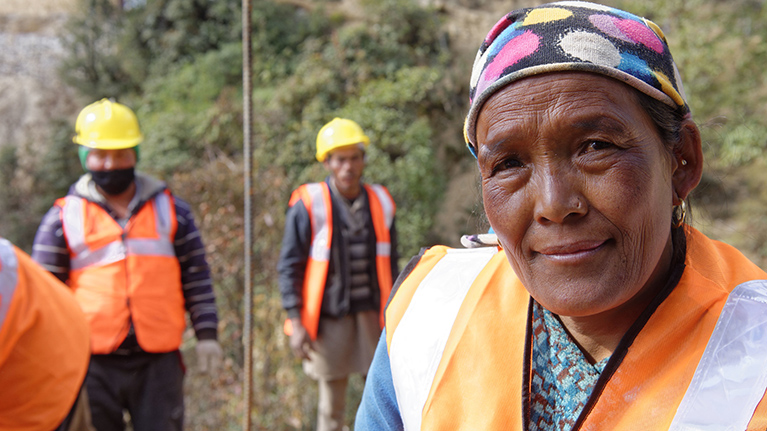ILO report: job-related gender gaps still high

The International Labour Organisation (ILO) has developed the Jobs Gap, an indicator that tracks all job seekers who cannot find employment. This indicator showed that women's access to employment, working conditions and the jobs gap have barely improved over the past two decades.
New data shine light on gender gaps in the labour market: 15% of working-age women globally would like to work but do not have a job, compared to 10.5% of men. This gender gap has remained almost unchanged since 2005.
The gender gap in the labour market is even worse in developing countries, where the percentage of women unable to find a job reaches 24.9%; the male unemployment rate is also high in low-income countries, 16.6%, but significantly lower than that of women.
Influencing the high female unemployment rate are family responsibilities that disproportionately affect women; they prevent them from committing time to finding employment, taking jobs at short notice and sometimes even working.
The gap can be seen not only in access to the labour market, but also in the fact that women very often hold jobs that are defined as vulnerable, such as unrewarding jobs in family businesses.
This gap is also reflected in women's average remuneration globally: for every dollar of earned income for men, women earn only 51 cents.
Gender imbalances in access to employment and working conditions are, therefore, greater than previously thought, and progress in reducing them has been disappointingly slow over the past two decades, according to the ILO report; it is important to improve women's overall participation in employment, expand their access to employment in all occupations, and address the glaring discrepancies in the quality of work that women face.

